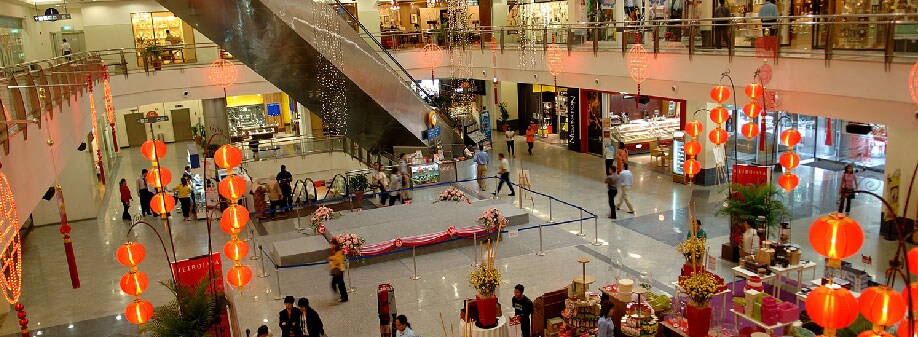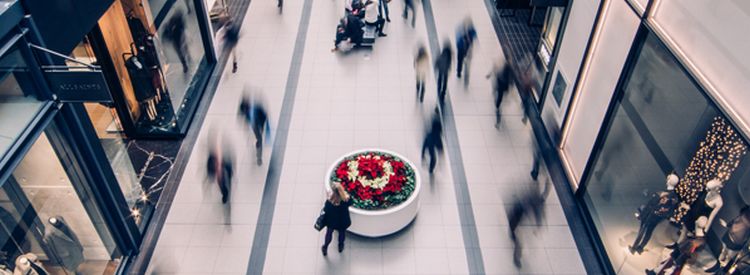Article
All Day and All of the Night: Shopping Malls’ New Mantra

The boundaries around retail and entertainment are merging, highlighted in particular by the changing look and feel of retail malls around the globe.
Shopping malls are fast becoming experience centers – defined just as much by their dining facilities, cinemas, leisure activities and music venue capability, as they are by their traditional retail offering. For years, shopping centers have positioned themselves as ‘day out destinations’, but increasingly – especially when you consider musical events and cinema opportunities – they are day and night out destinations.
Along the musical theme, mall operators should be thinking in terms of UK band The Kinks’ famous track, ‘All Day and All of the Night’. The title can be used to shape their thinking as they plot their next era of growth and evolve their customer acquisition strategies: today, for them, the night time economy is becoming as important as the day.
Another song from that band’s back catalog, ‘Dedicated Follower of Fashion’, arguably represents the past shopping experience, depicting a time when department stores and flagship apparel stores dominated these mall destinations. They are, of course, still important factors in the new make-up of malls, but as part of a much wider tenant mix.
I’m pleased to see multiple examples from around the world, where malls are morphing into something new, driving new shopper traffic and, with it, developing plenty more customer engagement opportunities. Hopefully, they are creating a footprint for other operators to follow.
The 21st century mall
Across the US, Europe – and Asia, too – there’s more of an emphasis being placed on fine dining and ‘don’t-miss’ events from the shopping center owners. In some cases, malls are becoming hubs of the local community and places to share quality time with friends and family.
For example, The King of Prussia, near Philadelphia, has a Morton’s Steakhouse and Capital Grille as part of its tenancy mix, while The Crystal Cove center in Newport Beach, California, boasts more than a dozen upscale restaurants, such as Tamarind of London and Maestro’s Ocean Club.
Meanwhile, for the fourth year in a row in 2018, Westfield ran its ‘Westfield Presents Program’, which saw the company’s two London centers host festivals and musical events, including a reggae weekend and DJ training sessions. Both were key traffic drivers.
Making use of its Chestnut Plaza stage, which was incorporated into the mall’s initial design ahead of its opening in 2011 to facilitate events just like these, Westfield Stratford City in the east of London aims to keep locals and visitors from afar entertained all year round. With the property’s grand opening, it appears the musical entertainment has been a constant for them there in the seven years since.
The musical focus the mall operator has adopted over the last few years has now evolved into additional traffic-driver events built around sporting and cultural themes, which have been prominent in Westfield’s entertainment program particularly in the summer.
The night-time economy
There are countless examples of this next-generation approach to mall management, but the challenge for property owners and retail tenants is in meeting the needs of the local shopper, rather than simply copying innovations they see all around the world.
Traffic data is key here, for example it can neatly illustrate the opportunities for individual retailers or types of retailers if they change their opening hours to coincide with cinema screenings or other evening events. If more and more people are visiting a shopping center at night for films or food, then surely there will be some retailers benefitting from staying open longer or putting more emphasis on afternoon and evening shifts, and tying in relevant marketing promotions.
Mall operators should be looking to understand what each of their special events or non-retail services and amenities have on the retail stores – their customers which traditionally have represented the majority of their rental income – and advising them accordingly. There’s a win-win situation here, as long as all parties can work together and embrace technology in a suitable way.
Shopping malls are far more than just shopping destinations now, and the operators and tenants which use data to shape their propositions in line with actual traffic flows will be those who continue to occupy these highly visited locations and make the most of commercial opportunities into the future. All day and all of the night.
Explore Related Topics

Ready to see how Sensormatic Solutions can transform your bottom line?
Contact UsStay one step ahead with our articles, insights and latest news.
See more


